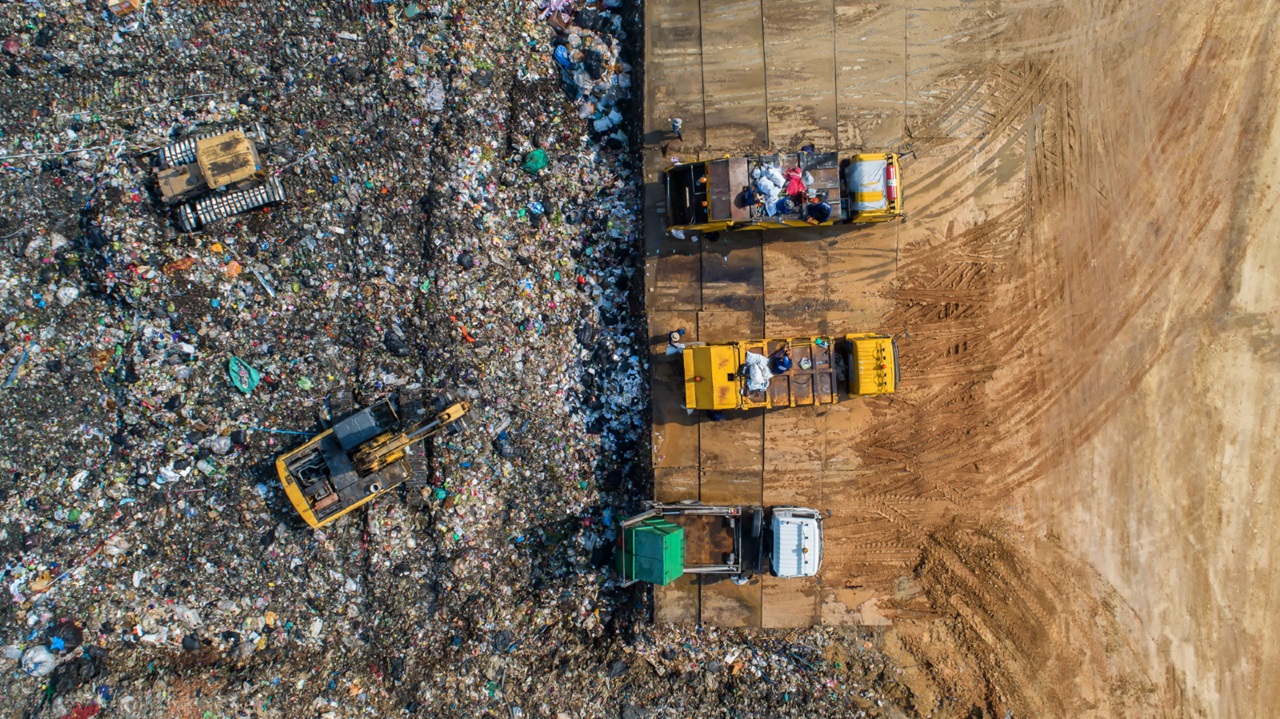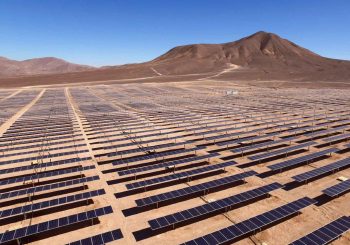Over the past decade, Egypt’s plastic production industry has experienced remarkable growth, contributing at least 12 percent to the country’s GDP, with annual production reaching two million tons, according to a recent report by the Information and Decision Support Center (IDSC) of the Egyptian Cabinet.
In 2022/2023, the nation generated 2.5 million tons of plastic waste, accounting for 10 to 14 percent of its total waste. The United Nations (UN) estimates that over the next decade, Egypt’s plastics market will grow at an annual rate of 10 percent, making it the largest consumer of plastics in Africa, as it already consumes 11 percent of the Middle East’s share and 0.7 percent of global production.
However, Egypt is also the largest plastic polluter in both the Arab world and the Mediterranean, producing approximately five million metric tons of plastic annually. Alarmingly, a 2022 study revealed that 92 percent of fish species in Alexandria were contaminated with microplastics. Rapid urbanization, population growth, and inadequate waste management systems have exacerbated this crisis.
This issue is not confined to Egypt; globally, less than 10 percent of the seven billion tons of plastic waste produced is recycled. As a result millions of tons of improperly discarded plastics end up polluting the environment. Almost all of the world’s fish populations are now contaminated with microplastics. Unprocessed waste that does not reach the ocean is often shipped for unsustainable incineration or landfill disposal, costing the global economy between USD 300 billion (EGP 14.5 trillion) and USD 600 billion (EGP 29 trillion) annually.
The United Nations Environment Program (UNEP) defines plastic pollution as the harmful effects and emissions resulting from plastic production, consumption, and disposal. Key sources of plastic waste include packaging, manufacturing, construction, agriculture, fishing, energy, fashion, tourism, and transportation.
The IDSC report notes that plastic pollution increasingly threatens ecosystems, biodiversity, climate, and human health, ultimately undermining sustainable economic growth and human well-being.
Egypt’s recycling efforts
Despite the challenges, Egypt has taken significant steps to reduce plastic use, particularly single-use plastics, through legislative and regulatory frameworks aimed at promoting recycling. Notable measures include the 2020 Waste Management Act and local bans on single-use plastics in areas like the Red Sea Governorate.
The Ministry of Environment coordinates plastic waste reduction strategies, while the Ministry of Industry fosters innovation and competitiveness in plastic manufacturing and recycling. Egypt’s National Strategy for Reducing Single-Use Plastics, launched in 2022, aims to mitigate health and environmental impacts by establishing a minimum thickness for plastic bags and restricting free distribution. The goal is to reduce plastic bag consumption to 50 bags per person annually by 2030, down from 565 bags per person in Cairo in 2023.
The recycling sector is making strides, with about 1.5 million tons of plastic recycled in 2022/2023. Egypt ranks first regionally and 14th globally in recycling rates, currently operating 28 recycling factories with plans to increase that number to 56, according to the IDSC.
Minister of Environment Yasmin Fouad also announced in June that the government has invested EGP nine billion (approximately USD 186 million) to develop a waste management system in Egypt, including constructing transfer stations, recycling plants, and landfills. Integrated waste management models have been established in Cairo, Alexandria, Kafr El Sheikh, Damietta, Port Said, and Ismailiyah. Fouad also revealed plans to build a transfer station in Gharbia, which generates 3,000 tons of waste daily, a step to ensure the sustainable operation of the governorate’s recycling plant.
While these investments mark a significant step toward improving waste management in Egypt, the broader implications of plastic pollution remain alarming.
Is it too late?
According to the Organisation for Economic Co-operation and Development (OECD) estimates, if plastic production continues to rise without effective regulatory measures, plastic pollution is expected to triple by 2060, with plastic waste in oceans potentially tripling by 2040.
Biodiversity is increasingly threatened, with an estimated 19 to 23 million tons of plastic entering aquatic ecosystems annually, impacting marine life and organisms on land and rivers.
Plastic production, which is energy-intensive, also threatens global climate goals, with emissions potentially doubling to 4.3 gigatons of carbon dioxide by 2060, accounting for 4.5 percent of global greenhouse gas emissions.
Human health is at risk as microplastics can enter the body through inhalation or skin absorption, accumulating in organs and linking certain chemicals in plastics to serious health conditions such as obesity, diabetes, and cancer.
By 2024, global plastic waste production is expected to reach 220 million tons. China, the U.S., and India lead in waste generation, with China producing 55.7 million tons. The U.K. topped global plastic waste exports in 2023, valued at USD 371 million (EGP 17.9 billion), followed by Germany and Japan. On the import side, the U.S. led with USD 306.7 million (EGP 14.8 billion), while countries like France and Spain significantly reduced imports, and Malaysia saw a slight increase.







Comments (0)